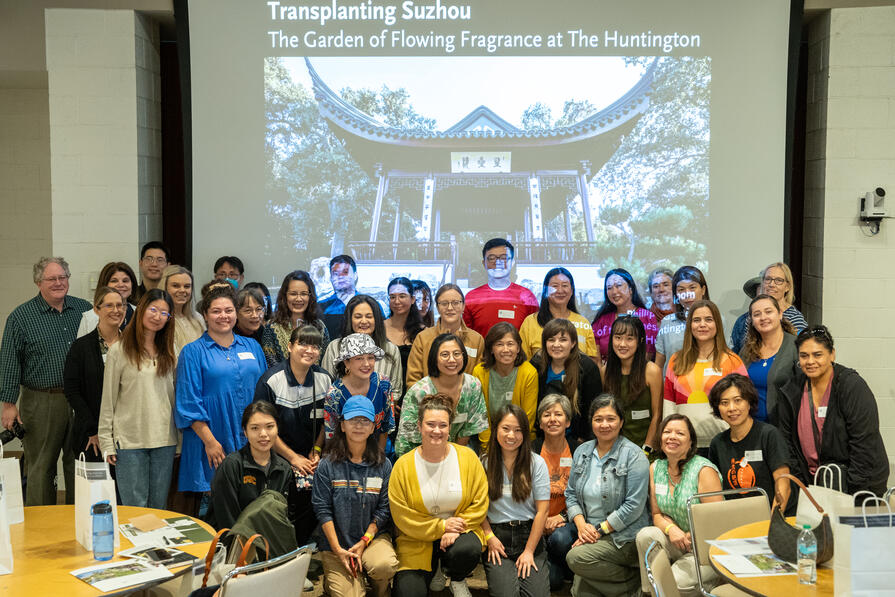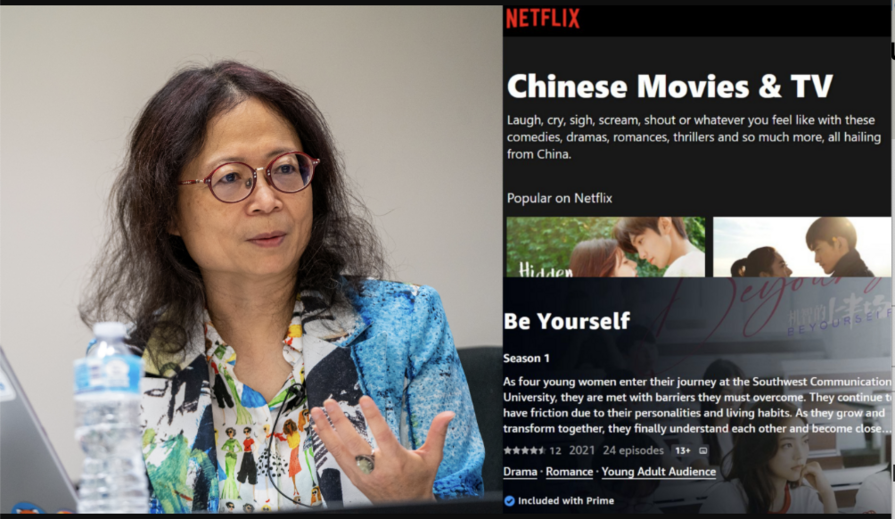Fatima Y. Wu, Ph.D
Abstract (Summary)
This dissertation examines the significance of supernatural characters in east/west gothic fiction. In the east, we find ghosts and foxes, while in the west there are demons and monsters as symbols to represent various literary themes. In reality, these ghosts and monsters have a close relationship with man's existence. Depending on the message they carry, these supernatural figures vary in appearance, temperament, and behavior. In the east, ghosts and foxes are used for a didactic purpose to teach and to warn man in his actions. In the west, supernatural figures are used to portray psychological and irrational aspirations which are hidden in the subconscious mind. This dissertation concentrates on the comparative study of east/west supernatural characters by means of a psychological, moral, and social approach. The western primary sources used range chronologically from Horace Walpole's The Castle of Otranto to Isak Dinesen's Seven Gothic Tales. Pu Songling in Liaozhai Zhiyi, with his gothic romanticism, believed that he can build an Utopia if man will avoid evil and embrace good. In the west, starting from the Gothic Revival in England in the middle of the eighteenth century, gothic fiction very quickly became a tool which authors used to portray secret wishes and perverse impulses. For certain reasons, these wishes and impulses have to be suppressed underneath the orderly surface of the civilized mind. In the guise of demons and monsters, they surface in gothic fiction.
Chapter 1 explores the moral patterns in Chinese and western gothic fiction. Religious and ethical codes are discussed in their influence on literature. Chapter 2 deals with the evil-good ghosts in Liaozhai Zhiyi in comparison to the Satanic force in western gothic fiction. The relationship between ghosts and Buddhism in the Chinese tales is contrasted to the west as the gothic theme moves from a moral and societally-oriented one to a psychological and internal one. Chapter 3 concentrates on the discussion of the fox legend in China and Pu's treatment of foxes in his Liaozhai Zhiyi. Chapter 4 explores the theme of the double as presented in dream and metamorphosis. The concluding chapter sums up the ideology behind east/west gothic fiction. In both traditions, gothic fiction emphasizes the human world rather than the supernatural. The discussion of what is an ideal man as seen in the east compared to the west concludes the study.
Advisor: Cheuen, Dominic



